Although I have eschewed tools and gardening gloves in past gift guides, this year I’m going back to basics. Many accessories are supposed to make gardening easier, but I’ve found that a few quality, well-maintained (i.e., sharp) tools make all the difference, and you don’t need a huge stash.
I’ve used my Foxglove gauntlet gloves for many tasks. While the gloves are effective against thorny plants, they reach nearly to my elbow and also protect my arms from scratches when I’m pruning or weeding. They do not do well when wet, however. As I was soaking roots and preparing trees for planting, it took a few days for them to forgive me and dry out.
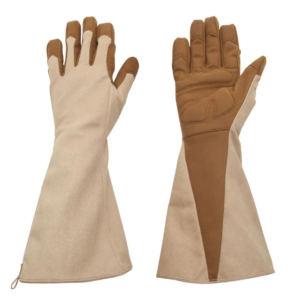
The gloves are “thorn resistant,” but if you grip anything too tightly, you’ll feel a poke. They are a must-have for hand-pulling mean plants such as barberry, multiflora rose or wineberry. The beloved Country Goose in Cold Spring used to stock these, but with Leonora decamped to England, now you must order online. See dub.sh/fox-gloves ($39).
I have two suggestions for trowels. One is an indestructible digger by Wilcox. It has measurements for planting depth and sharp edges that will cut into compacted soil. I appreciate the angular shape for planting bulbs. See dub.sh/fedco-trowel ($35).
The Gardener’s Supply Co. trowel I use for 90 percent of my planting work has a serrated edge on one side, which allows me to use it like a knife to cut open bags and ties or saw whatever is in the way. See dub.sh/trowel-knife ($15).
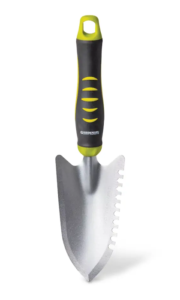
Every gift guide needs books. The ones I recommend here reveal a way of interacting with nature and the environment. As the impacts of climate change advance, these are hopeful resources to reimagine our world.
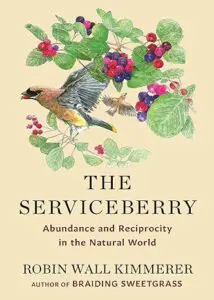
The Serviceberry: Abundance and Reciprocity in the Natural World, by Robin Wall Kimmerer ($20)
The Indigenous scientist, professor and author (Braiding Sweetgrass), has a new book using the relationship of the serviceberry in nature as a lens for understanding how to repair our economy with interconnectedness. The serviceberry is a native understory tree, Amelanchier spp. I can see three in the yard from my window and look forward to knowing them better.

The Light Eaters: How the Unseen World of Plant Intelligence Offers a New Understanding of Life on Earth, by Zoe Schlanger ($30)
Plants communicate with each other! They react and change their behavior! This book made my winter reading list after I heard several interviews with this author when it was released. Schlanger approaches the subject of plant sentience with scientific rigor and wonder.
I always have more herbs than I can use in a season and have tried using a dehydrator, hanging them from the ceiling with string and thumbtacks, and an oven-drying method. I have this aspirational vision of an elegant approach that none of these methods has satisfied so far, so I’m coveting a rack.
There are many varieties. Some hang on the wall or ceiling, and others are freestanding. The key attributes are easy installation with a minimum number of wall holes, easy storage and good air circulation.
Pair a rack with a guidebook such asEncyclopedia of Herbal Medicine: 560 Herbs and Remedies for Common Ailments, by Andrew Chevallier ($40), and you have given someone all the implements for a hobby beyond the culinary.
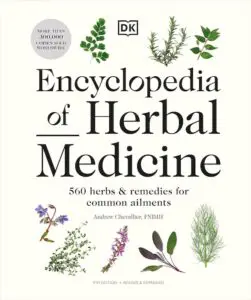
I’ve been sketching leaves to improve my ability to identify plants and trees. Drawing something makes me look carefully and deeply. I notice more details than using an ID key from a book. A shout-out to Lori Sandford-Ross, who taught my drawing workshop at the Garrison Art Center, for introducing me to Derwent graphic pencils and the luxury of a sketch pad. The pencils come in various densities and make drawing more tactile. Printer paper and #2 pencils, no more. Add a good eraser, too.
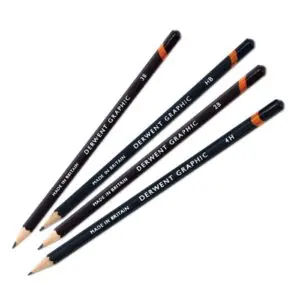


Another lovely and useful article from Pamela-thank you! Now you must give us an article on aspirational herb drying racks